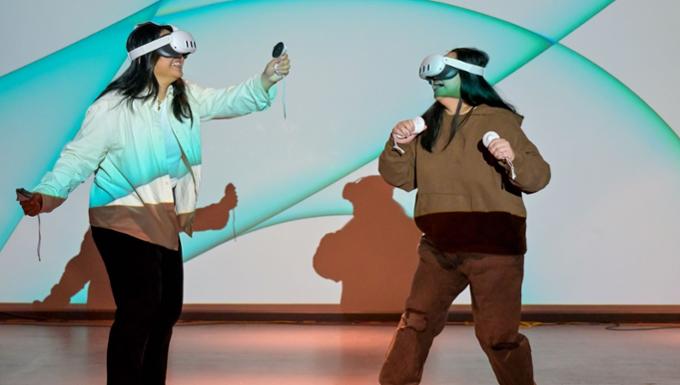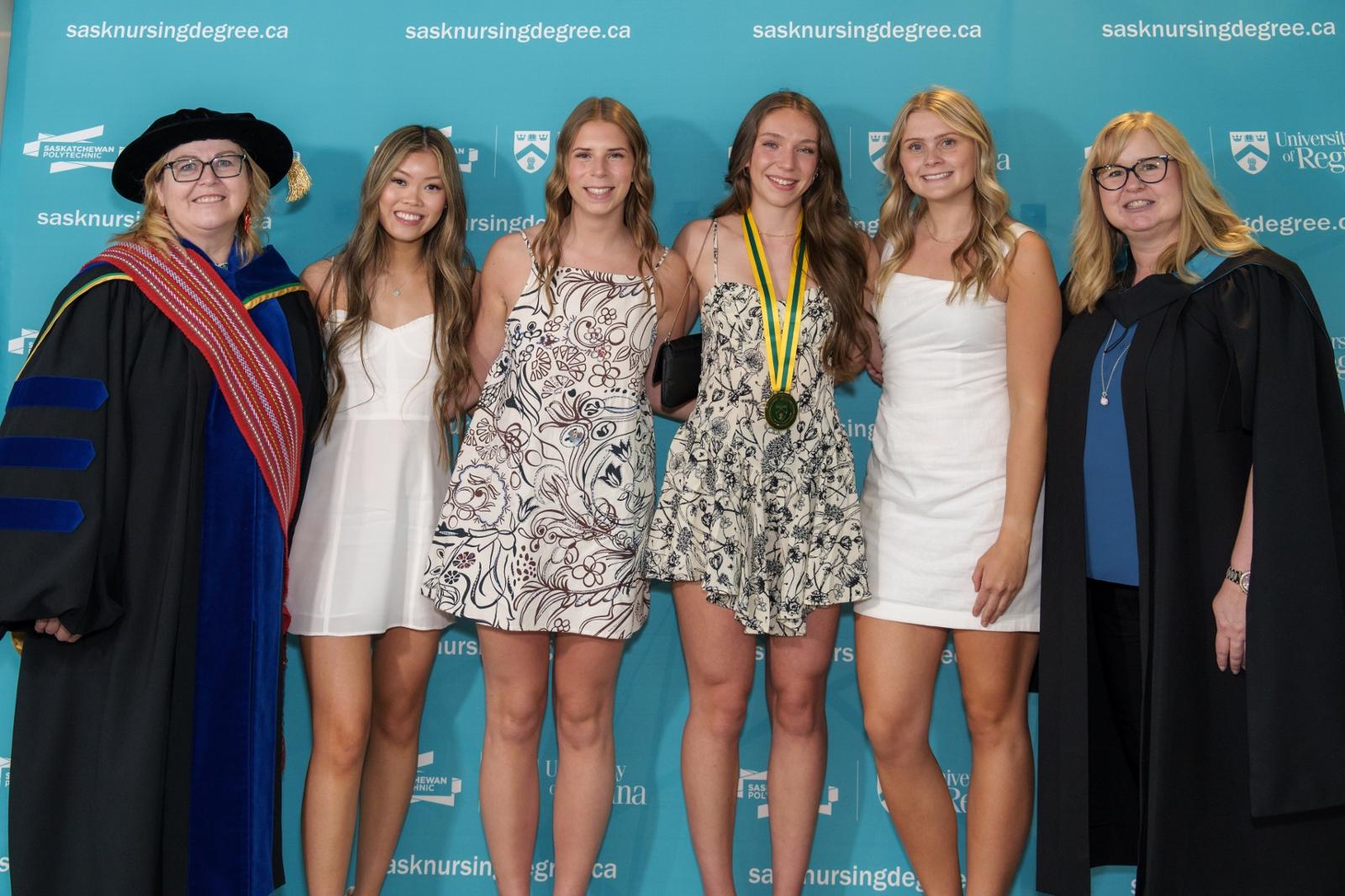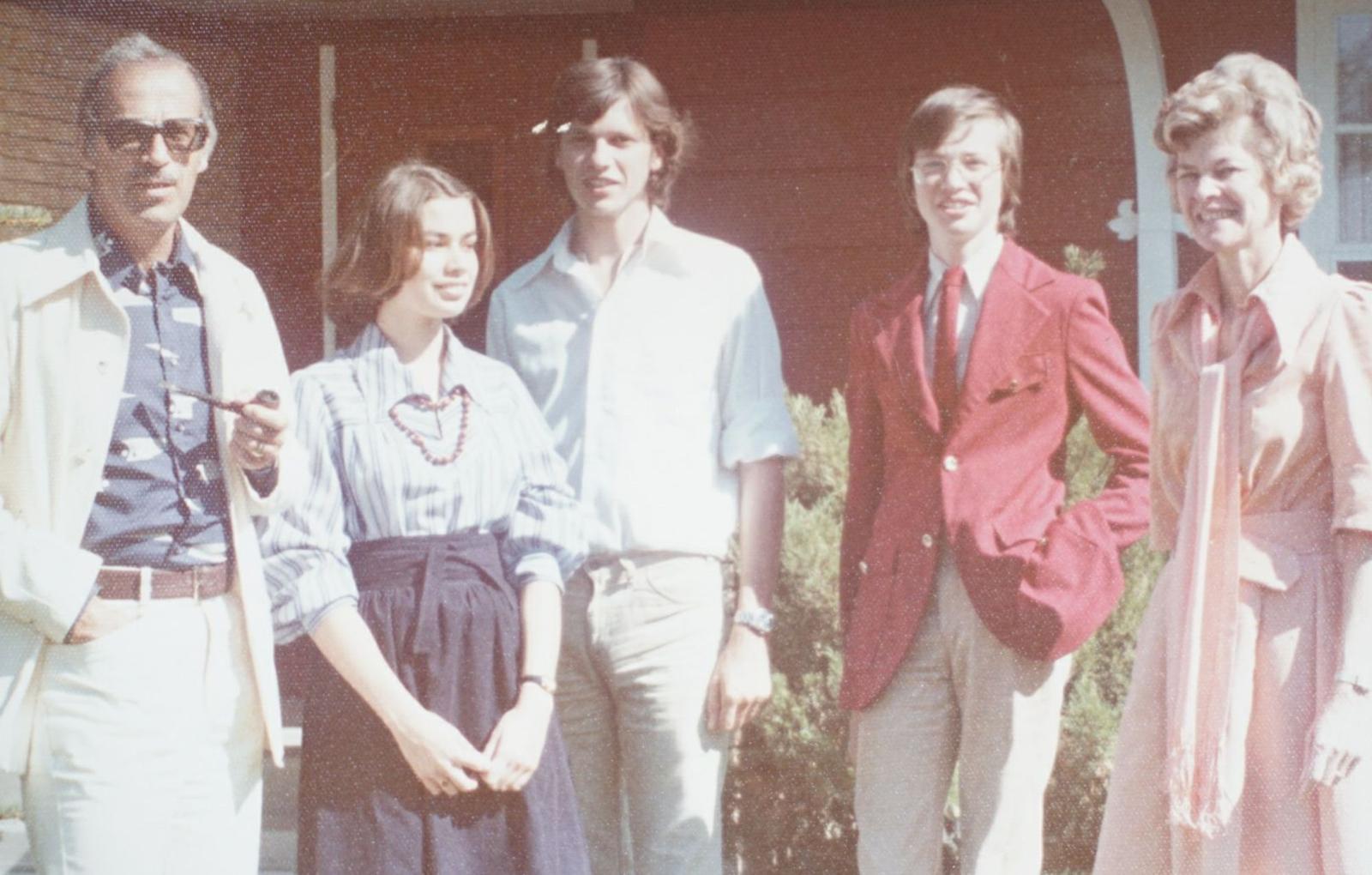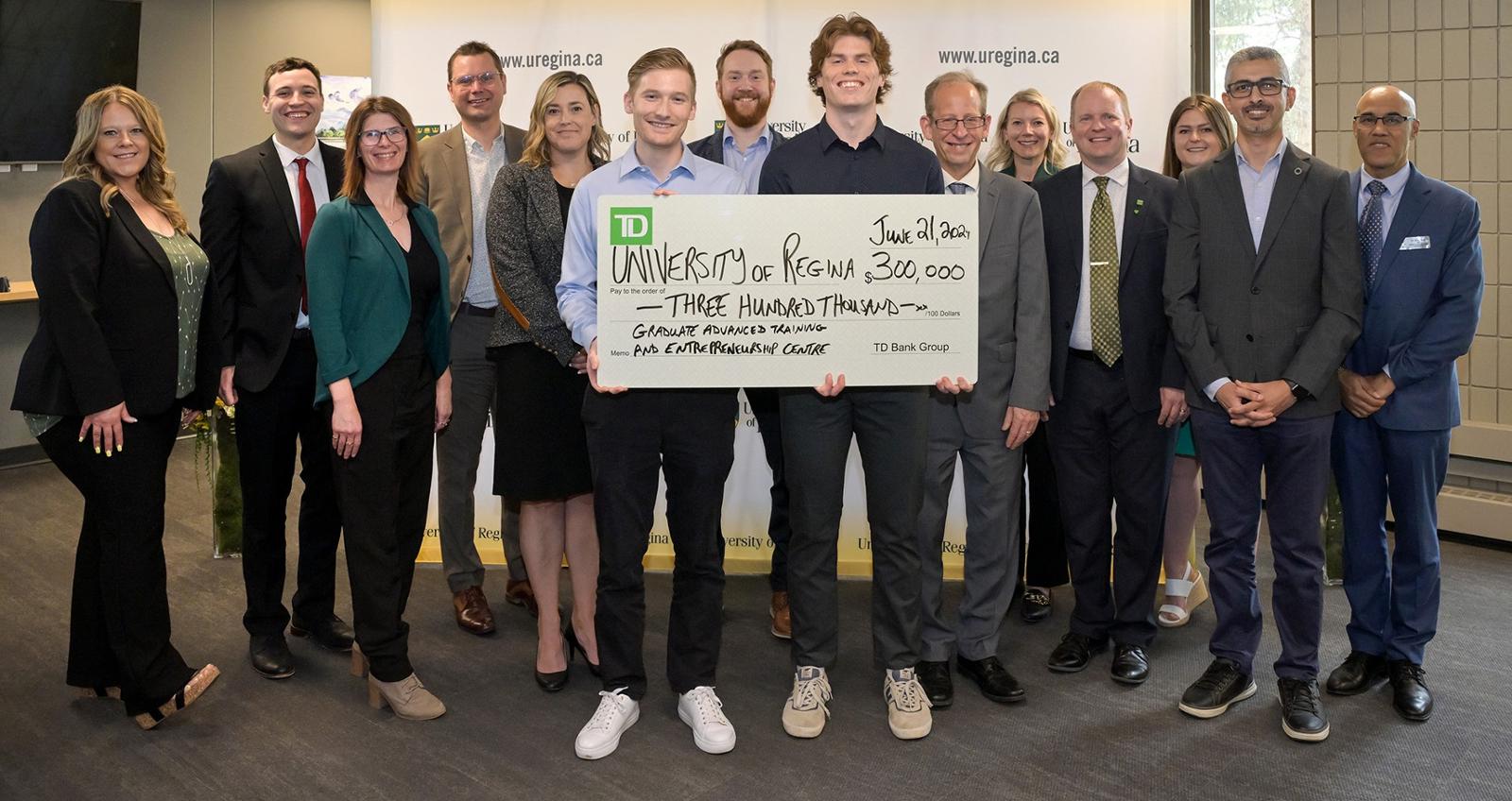In the newly launched and updated Creative Technologies and Design programs, you have the freedom to explore what excites you.
“The best thing about this program is that no two degrees will be exactly the same.” says Emma Chuckry who graduated in 2020 from the Faculty of Media, Art, and Performance (MAP) with a Bachelor of Arts and a concentration in Creative Technologies.
A real bonus to the Creative Technologies and Design program areas is that they support an interdisciplinary approach to education meaning you can tailor your studies to your areas of interest. You have not only the freedom to choose courses from within the Faculty of Media, Art, and Performance, but also from the Department of Computer Science, the Faculty of Engineering, and even the Faculties of Arts, and Education. With assistance from academic advisors, you can customize your academic journey to fit your unique goals and passions.
Our students are serious about gaining skills as artists, developers, designers, scientists, theorists, entrepreneurs, and practice-based scholars — David Dick, Dean, Media, Art, and Performance.
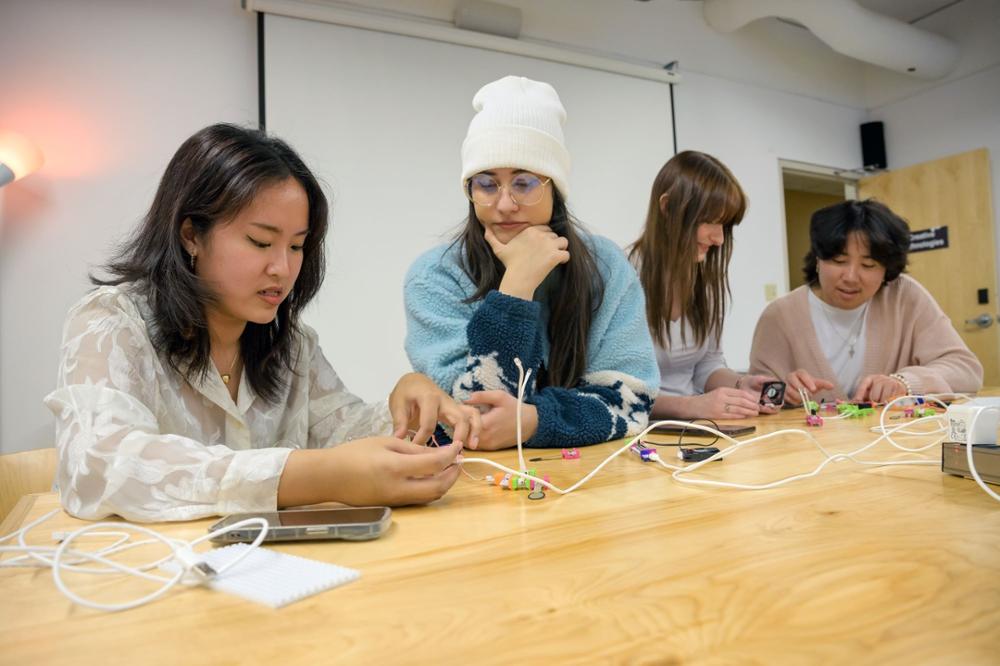
Wanting to find a way to bridge her interest in both mathematics and art, Maria Azam says, “As soon as I took my first Creative Technologies class, I knew I had found my path.” Azam graduated in 2023 with a Bachelor of Science, a major in Computer Science, and a minor in Creative Technologies. She is currently working on her Master of Design in Interaction Design at Emily Carr University of Art + Design.
Like Azam, if you’re interested in Creative Technologies and Design, you don’t have to choose between what inspires you and a career focus, instead, you can choose to pursue both – at the same time! Your education may include a bachelor's degree, major, minor, concentration or even a two-year diploma – it’s up to you. In addition, students can transfer from other programs at U of R or even other university and college programs, providing unparalleled flexibility in academic choices.
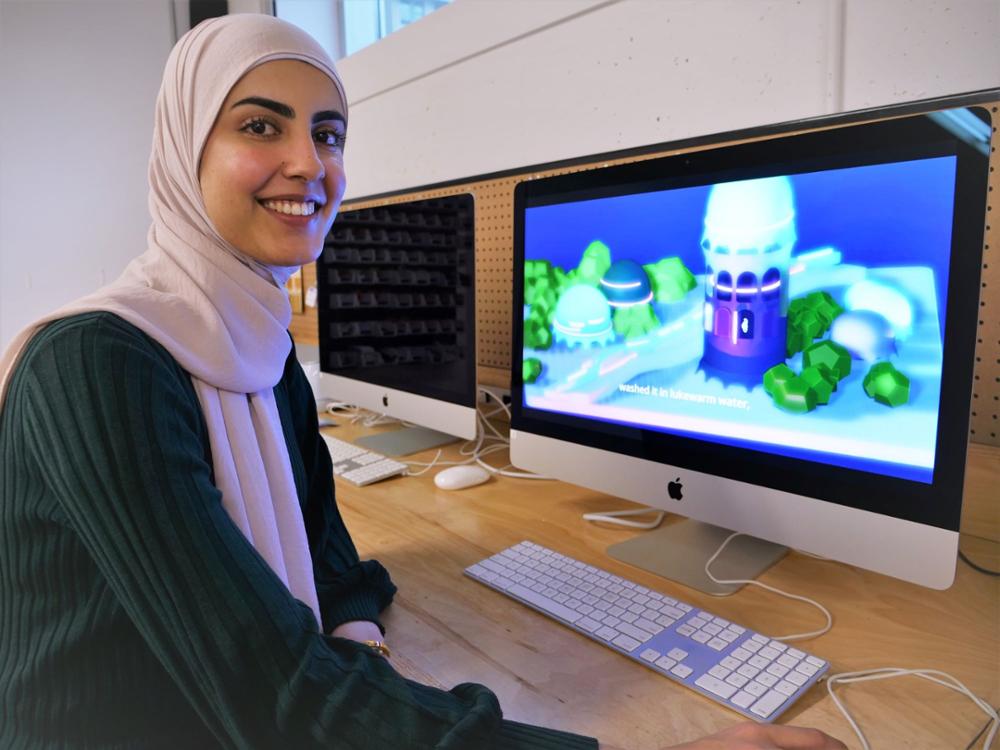
Ignite your imagination
You will discover new and innovative approaches to creative problem solving and art making. Kadence Meredith, a fourth-year Computer Science student with a concentration in Creative Technologies, says, “With the programs and equipment we learn to use and the people we meet, the opportunities are endless. Personally, I really love building interactive gadgets and creative coding.” Like Meredith, you’ll have the opportunity to master a variety of disciplines in 3D animation, digital storytelling, virtual and augmented reality, game design, robotics, and so much more.
Plus, with access to cutting-edge facilities such as the Interactive Media Performance (IMP) Lab, Creative Technologies Maker Space, and the MAP Sound Studio, it will be easy to explore your creativity and let your imagination run free.
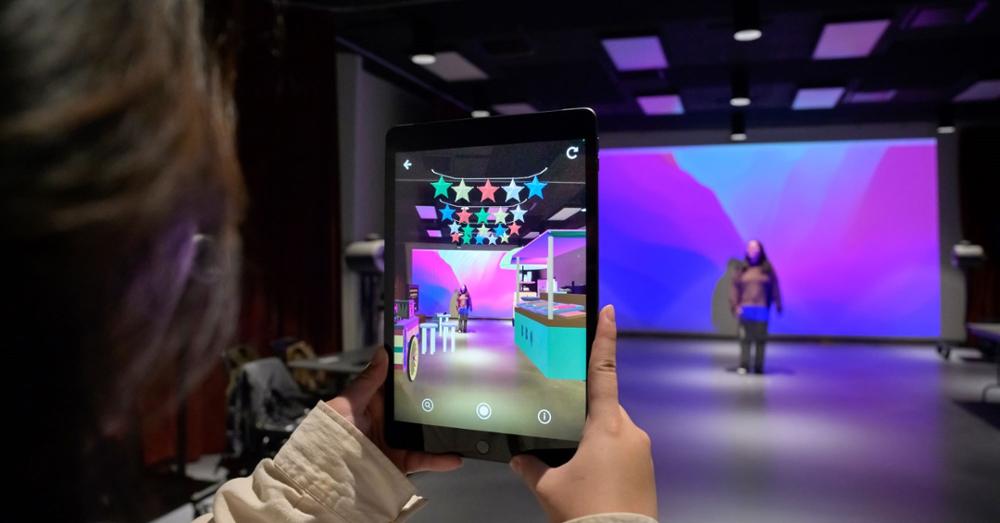
Crafting your tomorrow
With professors and instructors who are recognized experts in their fields, you can choose from a range of disciplines within Creative Technologies and Design programs, including Creative Technologies, Design, Interactive Media and Performance, Media Studies, Popular Music, Film Production, Theatre, and Visual Arts.
“Our students are serious about gaining skills as artists, developers, designers, scientists, theorists, entrepreneurs, and practice-based scholars,” says David Dick, Dean of Media, Art, and Performance. “They learn to think about technology and the arts in new ways, thriving in the exploration of digital culture that includes interactive media and installation, physical computing and creative computation, augmented performance and critical social research encompassing AI and so much more.“
The knowledge and guidance gained through individualized and hands-on learning opportunities – part of the U of R student experience - will help prepare you for exciting careers in both creative and technical industries.
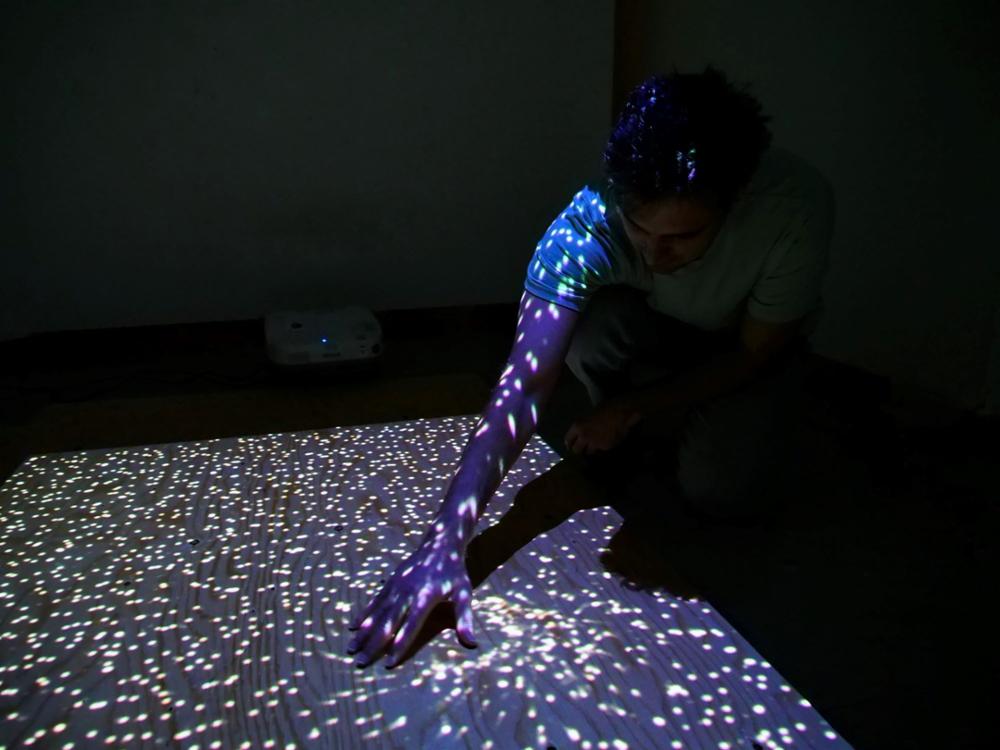
These careers may include working at web design firms, software studios, mobile app design agencies, 3D animation and gaming design companies like Pixar and Unity, non-profit arts organizations, marketing or advertising agencies, production companies, and more. Don’t wait until graduation to gain real-world experience. Students in Creative Technologies and Design can take professional placement programs and start building their careers now while earning credits toward their degree.
Interested in Creative Technologies and Design? Learn more about the various program areas here: Creative Technologies and Design | University of Regina
“Creative Technologies teaches a common language between the artistic and the technological. In my experience, being interdisciplinary makes you incredibly valuable in many different professional fields as you stand out from other applicants,” says Jaecy Bells, who graduated in 2019 from Media, Art, and Performance with a Bachelor of Arts and a concentration in Creative Technologies, a Minor in Arts Administration and is currently working on her Master of Arts in Media and Artistic Research with a focus on music and gender.
About the University of Regina
2024 marks our 50th anniversary as an independent University (although our roots as Regina College date back more than a century!). As we celebrate our past, we work towards a future that is as limitless as the prairie horizon. We support the health and well-being of our 16,700 students and provide them with hands-on learning opportunities to develop career-ready graduates. Our research enterprise has grown to include 21 research centres and 12 Canada Research Chairs and brings in more than $51.2 million in funding annually. Our campuses are on Treaties 4 and 6 - the territories of the nêhiyawak, Anihšināpēk, Dakota, Lakota, and Nakoda peoples, and the homeland of the Michif/Métis nation. We seek to grow our relationships with Indigenous communities to build a more inclusive future.
Let’s go far, together.
